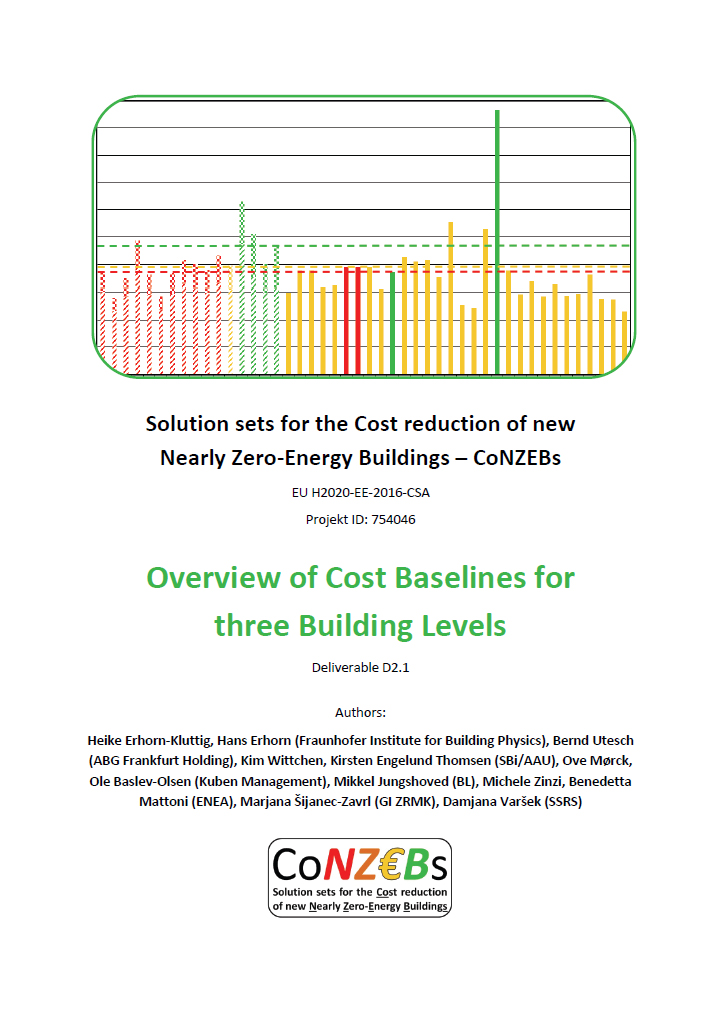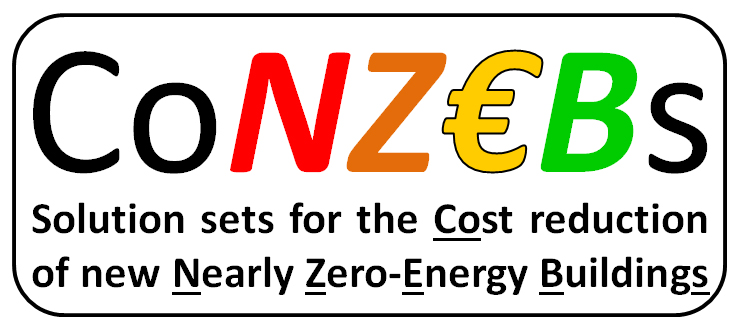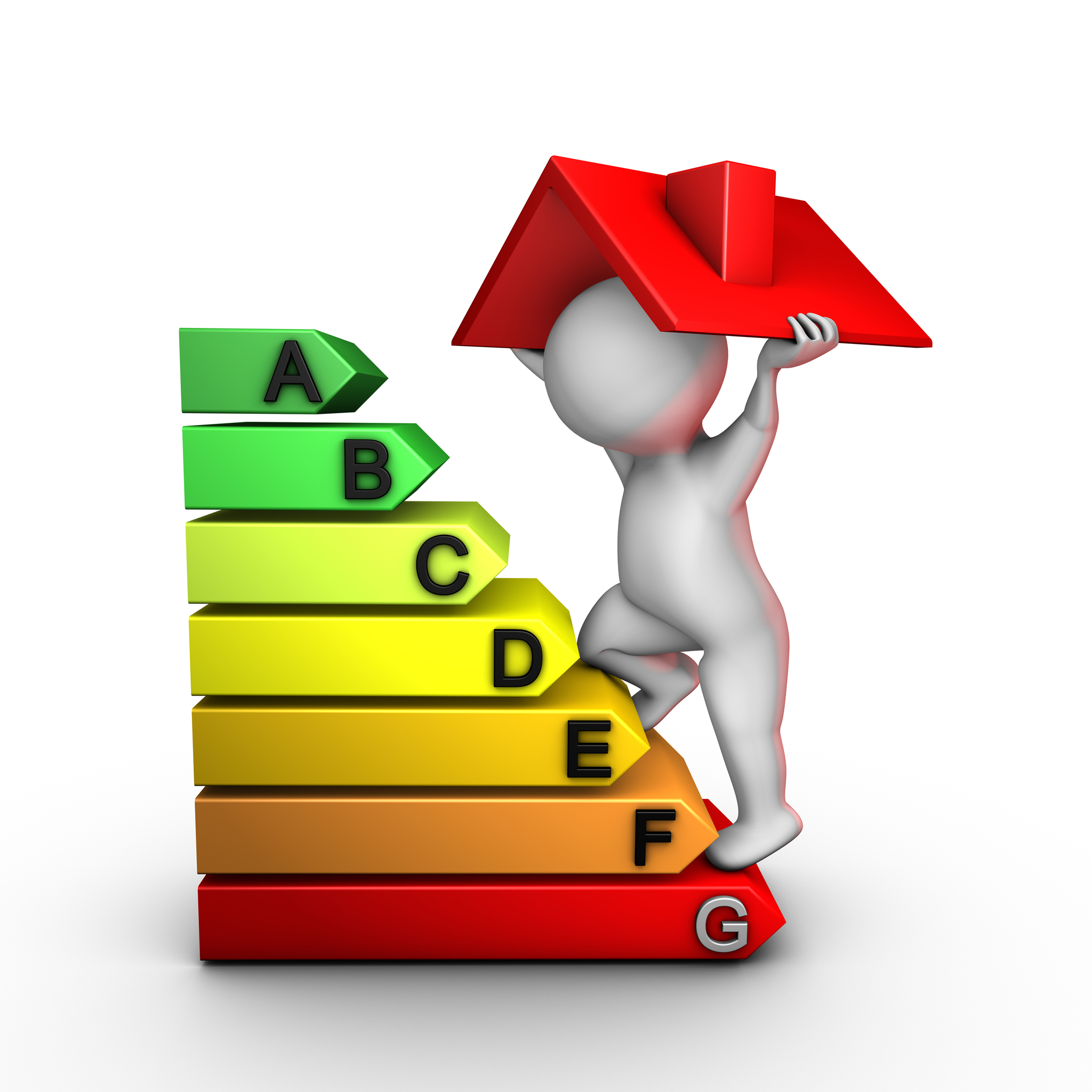The CoNZEBs team has compiled a report that documents cost baselines for multi-family houses of different building energy performance levels. It analyses and compares the investment and energy costs in four different countries (Germany, Denmark, Italy and Slovenia) for:
- New multi‐family houses built according to current national minimum energy performance requirements
- Existing examples of NZEBs (nearly zero‐energy building) multi‐family houses
- Multi‐family houses that go beyond the NZEB‐level
The CoNZEBs partners have collected and analysed available data of investment costs and energy costs in Germany, Denmark, Italy and Slovenia. Despite extensive efforts including literature research, the use of data available at the CoNZEBs housing organisations and publicly available building cost data of research and demonstration buildings the number of analysed buildings in the four countries were between 8 and 46 at the time of the completion of this report. Since the data has to be divided into three different building levels, the calculation of average cost data is difficult and statistically unfortunately not always firm. The project partners will continue the search for relevant data in order to improve the quality of the calculated averages.
However, the detailed cost data and derived from these, the calculated differences of the average investment costs for building components and building services systems of the NZEB and the minimum energy performance building level per country can give rough indications of the cost barriers for building NZEBS in the countries.
The result of these efforts is the starting point (baseline) for evaluating the technical solution sets for nearly zero‐energy buildings that were identified to reduce the additional costs currently required to build a better energy performing multi‐family house than determined by the minimum energy performance level of the national building laws.
The report is available here.

Title page of the CoNZEBs report ”Overview of Cost Baselines for three Building Levels”.
Nearly Zero-Energy Buildings (NZEBs) will be the minimum energy performance level of new buildings in the EU Member States by the end of 2019 for public buildings and by the end of 2021 for all buildings. The European Directive on the Energy Performance of Buildings (EPBD, Directive 2010/31/EU) requests the Member States to ensure that the timeline is met and includes a general definition for the NZEB:
‘Nearly zero-energy building’ means a building that has a very high energy performance, as determined in accordance with Annex I. The nearly zero or very low amount of energy required should be covered to a very significant extent by energy from renewable sources, including energy from renewable sources produced on-site or nearby.
Each Member State has to define its detailed application in practice of the definition of nearly zero-energy buildings, reflecting its national, regional or local conditions. Most EU countries have by now published their national NZEB definition in a legal document. The NZEB has in most countries a different name, e.g. in
- Germany: Niedrigstenergiegebäude
- Denmark: Bygningsklasse 2020
- Italy: Edificio a energia quasi zero
- Slovenia: skoraj nič-energijska stavba (sNES)

